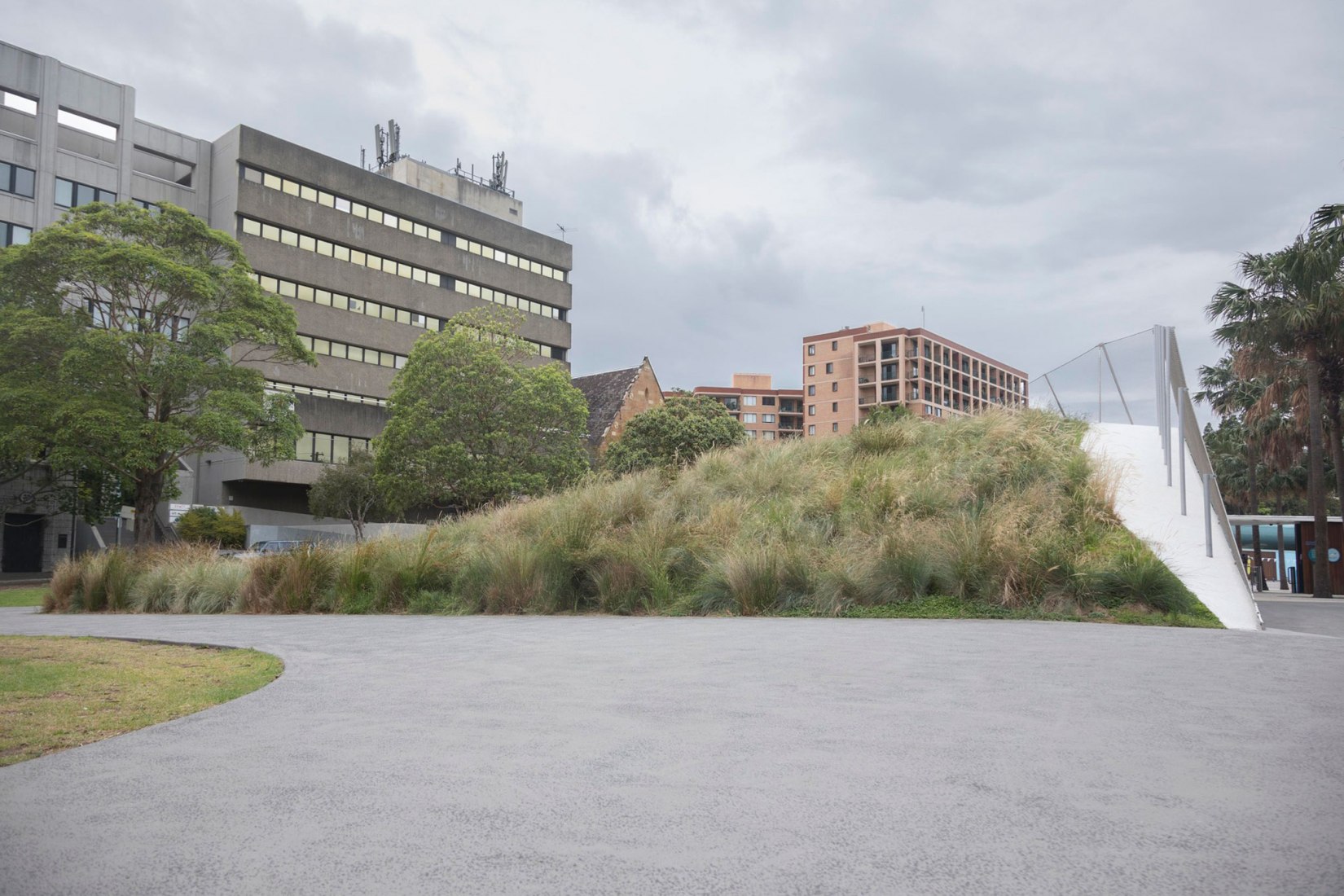The Australian pavilion will be transformed into a living installation, entitled Grasslands Repair, with a huge grassland. It is designed to disrupt the viewing conditions through which architecture is usually understood and serves as a reminder of what is at stake when we occupy land. The curators will install ten thousand plants inside and outside the pavilion, including 65 species of Victorian Western Plains Grasslands. The seeds have been sourced in Australia, transported to Italy and grown by Italian partners. The area of plants exhibited is similar to that taken up by the pavilion.
Above this installation, a custom designed lighting system, titled Skylight, has been created to simulate the sun’s energy and to sustain the plants inside the pavilion during the entire period of the Architecture Biennale. It channels energy from the Italian electricity grid – 64% fossil, 21% hydro, 9% wind and solar, 5% nuclear, and 1% geothermal – into the bodies of the plants.
The third component of the exhibition is Ground, an experimental video series which will show 15 Australian projects. The projects represent a geographic, scale and project-type mix and illustrate different design processes and challenges. While most focus on achieving repair outcomes through addressing the natural environment, there will also be examples of cultural, social or economic repair. These include for instance the reuse of old buildings, the remediation of industrial land and the presence of indigenous culture in Australian cities.





























